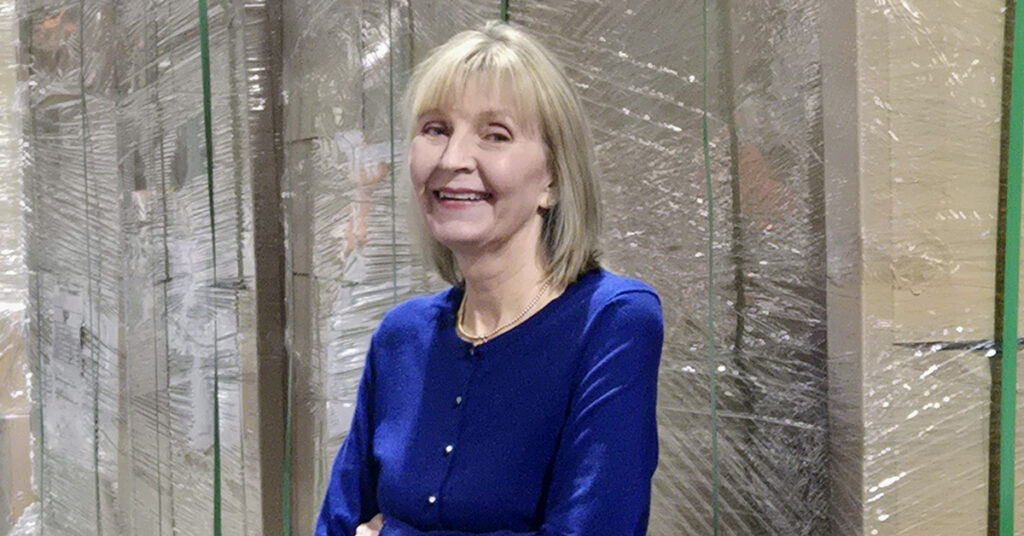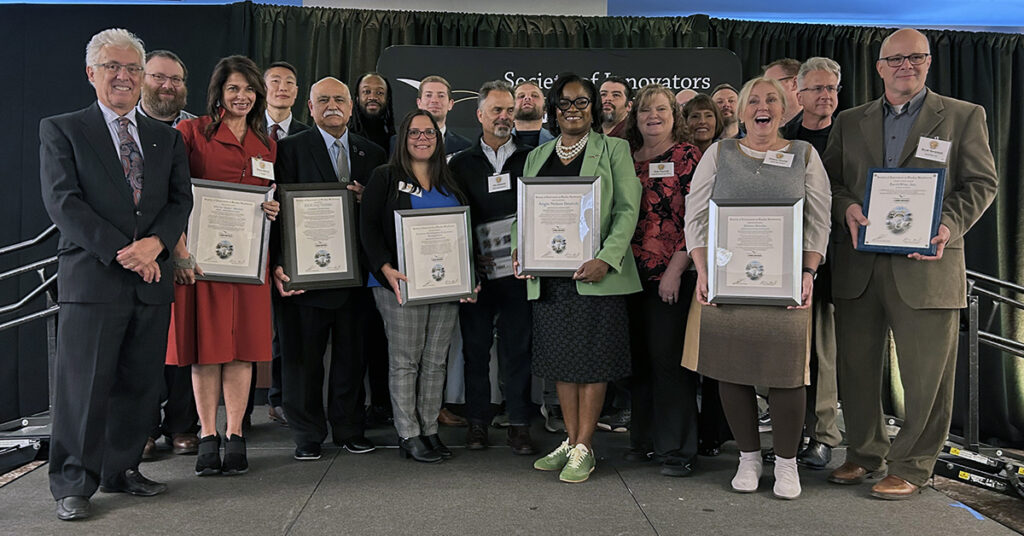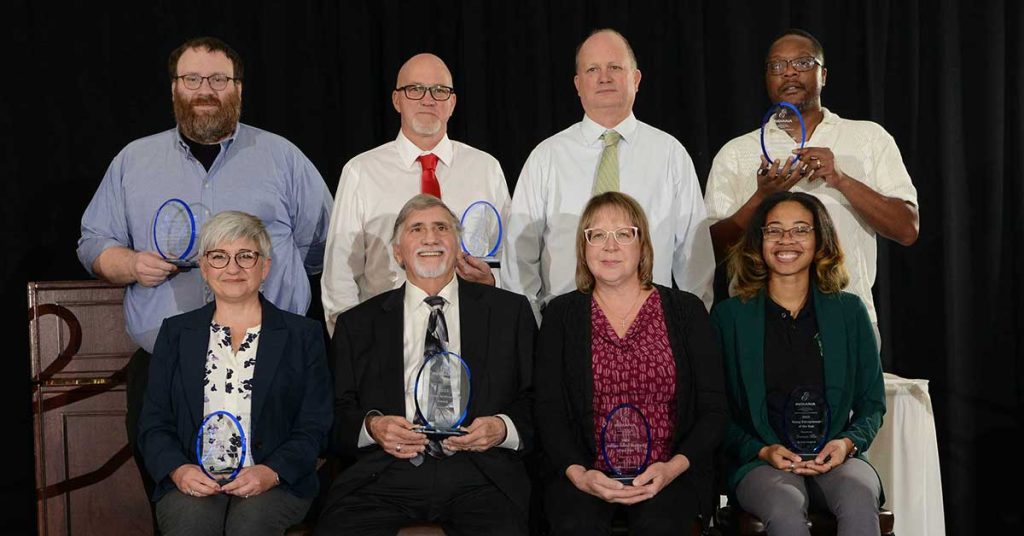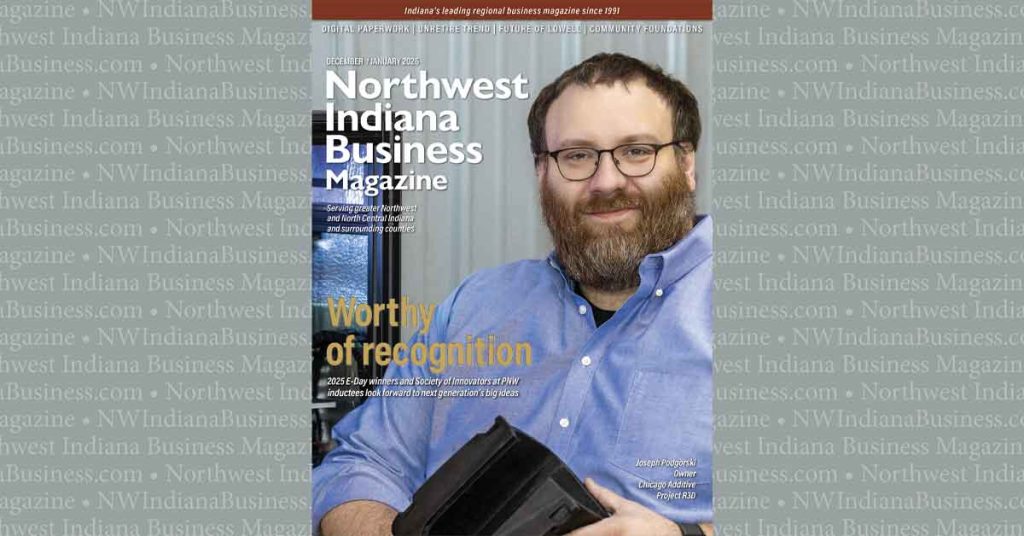
Companies will problem solve, create value when they connect the dots
No matter which study you read regarding today’s business environment, one thing is clear: Executives overwhelmingly agree it is essential to invest in innovation. In other words, it is becoming more important than ever to think about future relevance and value creation in a world of increasing uncertainty.
But how do you innovate? And what does innovation even mean? Even when used in the same sentence, the word itself can mean everything and nothing. “Innovation” is equal parts a critical strategy and a generic buzzword for company action.
The answer? There is not one. I am yet to discover the one silver bullet strategy for innovation that works for all organizations in all scenarios. To truly prepare your organization for future success, you must think about putting together an “innovation toolbox” that best fits your organization.
There are six building blocks you must consider when equipping your team to problem-solve and create value for your organization:
Category
If you want to be competitive, you must know what competition is. Category insights go beyond the baseline of your own products’ and services’ performance to understand what is really happening in your market. Putting parameters around your innovation efforts makes it much easier than trying to develop the next product or service on a blank canvas. What does your category look like? What are the price points? What are the features, benefits and specifications of other products and services in the category?
Competitor
Whether directly or indirectly, every organization has competition. Do you know yours? Competitor insights go beyond product-level competition to understand category and company level competition, enabling you to understand competitive capabilities and trajectory at a strategic level. Have you built profiles of your competition? What other categories are they in? What is their market share? Who are new competitors in your category and why?
Consumer
You may know who your customers are, but do you know your customers? Consumer insights go beyond market size and purchase data to understand what actually drives consumer behavior in the marketplace relative to unmet needs. What are the problems your customers are trying to solve? What is their job to be done? Have you taken customer feedback into consideration when developing new products and services? Do you know your customer’s journey to engage with your company? What are the cultural, lifestyle and generational trends affecting your customer base?
Company
To know thyself is the beginning of wisdom. Company insights go beyond strategic planning to overcome internal communication barriers, breaking down silos, and bringing everyone together collaboratively around the problem. What are your company’s capabilities in research and development, manufacturing, sales, distribution channels and customer service? What is your current business model and is it the right one for the future?
Culture
Innovation should be a shared mindset across the organization. Focusing on your company’s culture goes beyond the status quo of innovation to develop the skills, tools, and processes to capture ideas and deliver transformative change. What is your team’s shared language for innovation? What are the skills and capabilities of your current personnel?
Community
Innovation does not happen when we withdraw from the world, but rather when we engage with it. Community goes beyond the bounds of project work to develop a community of empowered individuals within the organization and beyond. How are you encouraging cross-department collaboration within your organization? Are members of your team expanding their network in the community? What conferences and events are you attending?
Innovation is about connecting the dots, and if you want to connect more dots, you have to collect more dots. Think about these building blocks as the dots on your innovation canvas. It is important to create new innovations or optimize existing products from a highly informed point of view. This means collecting all the foundational “dots” that are needed to inform your next phase of innovation. Then you must connect the dots into a picture for how your organization needs to move forward.
Without a process to connect all the dots, you will never see the full picture and create the most successful product/brand/service/company you want to create. You are leaving opportunities on the table and may not even know it.
Read more stories from the current issue of Northwest Indiana Business Magazine.














